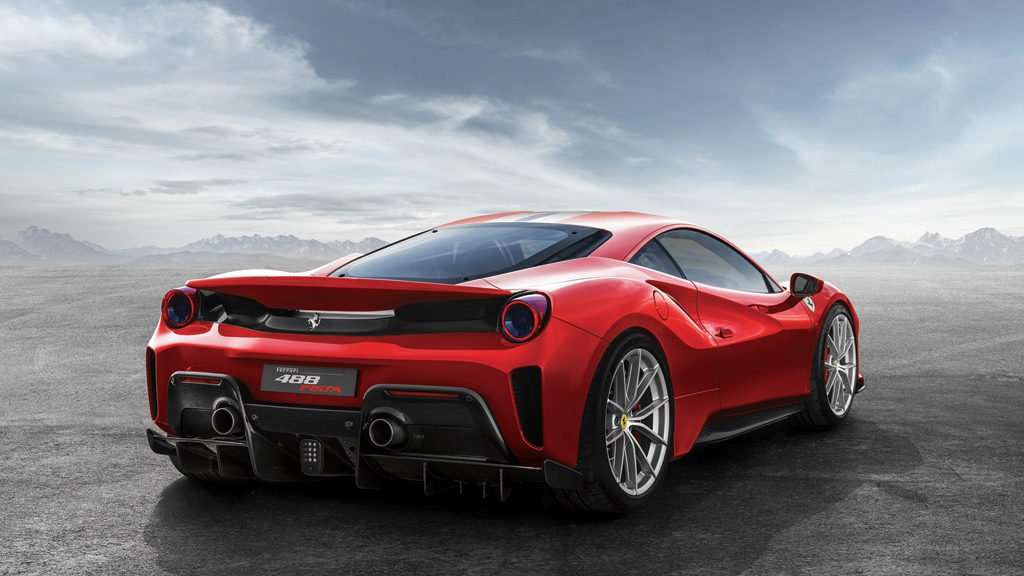The internal combustion engine, the heart of a car, has been around for over a century. But a challenger emerged within this realm of pistons and valves – the rotary engine. With its pinwheel-shaped rotors instead of reciprocating pistons, this unconventional design has captivated gearheads for decades. But how does the rotary engine stack up against the time-tested piston engine? Let’s delve into the intricacies of both engines to determine which reigns supreme.
Functioning Fundamentals: A Tale of Two Designs
Piston Engine
The workhorse of the automotive industry, the piston engine operates on a relatively straightforward principle. Cylinders house pistons that move up and down, creating a sequential cycle of intake, compression, combustion, and exhaust. The burning fuel pushes the pistons down, rotating the crankshaft and generating power for the wheels. This linear movement defines the piston engine’s operation.
Rotary Engine
In stark contrast, the rotary engine boasts a more elegant design. A triangular rotor spins within a housing shaped like a flattened oval. As the rotor rotates, its faces create expanding and contracting chambers within the housing. This complex dance accomplishes the same four strokes (intake, compression, combustion, exhaust) but in a continuous, cyclical motion. Eliminating reciprocating parts like pistons and connecting rods creates a smoother, more vibration-free operation.
Power Personalities: Unveiling the Performance Prowess
Piston Engine
Piston engines come in various configurations, each offering distinct power delivery characteristics. Inline-four engines prioritize fuel efficiency, while V6 and V8 configurations boast increased power output for a thrilling driving experience. However, these configurations often translate to a heavier engine block, impacting overall vehicle weight.
Rotary Engine
Rotary engines, by their very nature, tend to be lighter and more compact compared to piston engines of similar power output. This translates to a more agile and responsive handling experience. The simpler design with fewer moving parts can be revved higher, offering a broader powerband. However, the combustion process in a rotary engine isn’t as efficient as its piston counterpart, leading to higher fuel consumption and emissions.
Achilles’ Heels: Exploring the Weaknesses
Piston Engine
While a well-established technology, piston engines are not without their shortcomings. The reciprocating motion of the pistons creates internal friction, which translates to a loss of power. The complex valve train mechanisms require regular maintenance to ensure optimal performance. Furthermore, certain configurations, like V-shaped engines, can be trickier and more expensive due to their inherent complexity.
Rotary Engine
The rotary engine’s Achilles’ heel lies in its sealing. The triangular rotor needs to form tight seals with the housing at different points in its rotation. Maintaining these seals is crucial for efficient combustion and power delivery. Rotary engines also tend to be thirstier for fuel due to the less-than-ideal combustion process and the need to keep the rotor cool. This can be a significant drawback in today’s fuel-conscious environment.
The Future Unfolds: A Look Ahead
With its continuous refinement, the piston engine remains the dominant force in the automotive world. However, the rotary engine hasn’t faded entirely. Mazda, a champion of this technology, continues exploring ways to improve efficiency and emissions, hinting at a potential return for the rotary. Additionally, the inherent simplicity of the design makes it well-suited for alternative fuels like hydrogen.
So, which engine reigns supreme? The answer depends on your priorities. If fuel efficiency and ease of maintenance are paramount, the piston engine remains the clear choice. However, you crave a unique driving experience with a lighter, more responsive car and will embrace a potentially higher running cost. In that case, the rotary engine might hold a certain allure. Ultimately, the choice concerns whether you prioritize practicality or a touch of unconventional charm in your automotive companion.


.jpg?k=1924235ce9)
